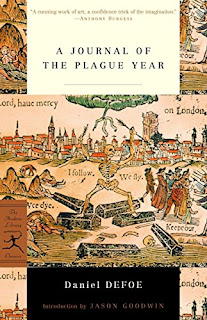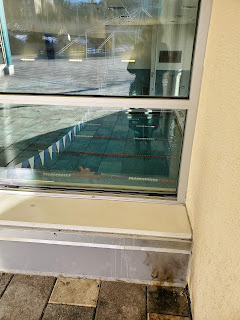Across the landscape, there are claims that George Washington slept here or visited. For example, at Friendship House (also known as Duncanson House and the Maples) on Capitol Hill, he was supposed to have been a guest. In 1940, the Daughters of the American Revolution (DAR) installed a sign on the building stating that, yes, George Washington was a guest here. People have questioned the veracity of such claims, but really why make these claims at all? To start, it seems as if these are claims to significance or value; this building and the homeowners are worthy because they are linked to George Washington.
A new fascinating article on George Washington by Janine Yorimoto Boldt just came out in American Art, "The Portrait of Hanadagá•yas; or, George Washington Reconsidered," which provides insight into my question. In the article, Boldt discusses the first portrait of George Washington in 1772 as a celebration of militaristic white nationalism and later linked to the Lost Cause. The landscape in the portrait is the Ohio River Valley, where, according to Boldt, Washington said that the Seneca leader Tancharison named him, Caunotaucarius (in English) or Hanadagá•yas (in the language of the Haudenosaunee), "the Town-taker" or "the Town-Destroyer." Other Native American groups referred to him this way, and he called himself this name when communicating with them. Charles Cooke (Thawennensere) translated Hanadagá•yas as:
"He bites villages"..."A sacker of villages"; a destroyer of towns, a ravager of communities; a plunderer and pillager of encampments...Hyperbolically this verb denotes to destroy, to sack, to plunder, to pillage, to devastate, to demolish, to ravage, to cause havoc, to eat in secret the provisions and crops of others. It is used only in instances of savagery and discomfort. (Boldt 2022: 6)
So, what is the significance of Hanadagá•yas, the Town-taker or the Town-destroyer, visiting Friendship House on Capitol Hill and the DAR putting up a sign about it centuries later? Why the need to claim that he visited?
Could the declaration that Hanadagá•yas was a guest here be a hope by the DAR to take the town of Washington, DC, or ravage communities within it? In 1935, a year before the white segregated Friendship House organization moved into the building soon to have the DAR sign, the director wrote to a government official, "Since your visit here the other evening I have been thinking a good deal about our problem at Friendship House due to the increasing number of [African Americans] in our immediate community. I also have been thinking of the possibility of developing a housing scheme for white people...I believe it would change the character of quite a bit of the surrounding area" (NARA, RG 302 Records of National Capital Housing Authority, Box 4, Letter from Lydia Burklin, Friendship House, to John Ihlder, Aug. 16, 1935). In 1940, the DAR placed the sign on the recently renovated Friendship House. At the same time, this housing scheme displaced about 146 African American households and built the white segregated Ellen Wilson Dwellings in their place. This housing scheme also bolstered other work to expand white segregated areas on Capitol Hill.
By making claims that George Washington slept or visited here, people bring Hanadagá•yas, George Washington, the Town-destroyer and Town-taker to life. Hanadagá•yas helps them realize their racist urban visitions. Maybe there is a kind of terror that should be recognized in Hanadagá•yas sleeping or visiting anywhere?












